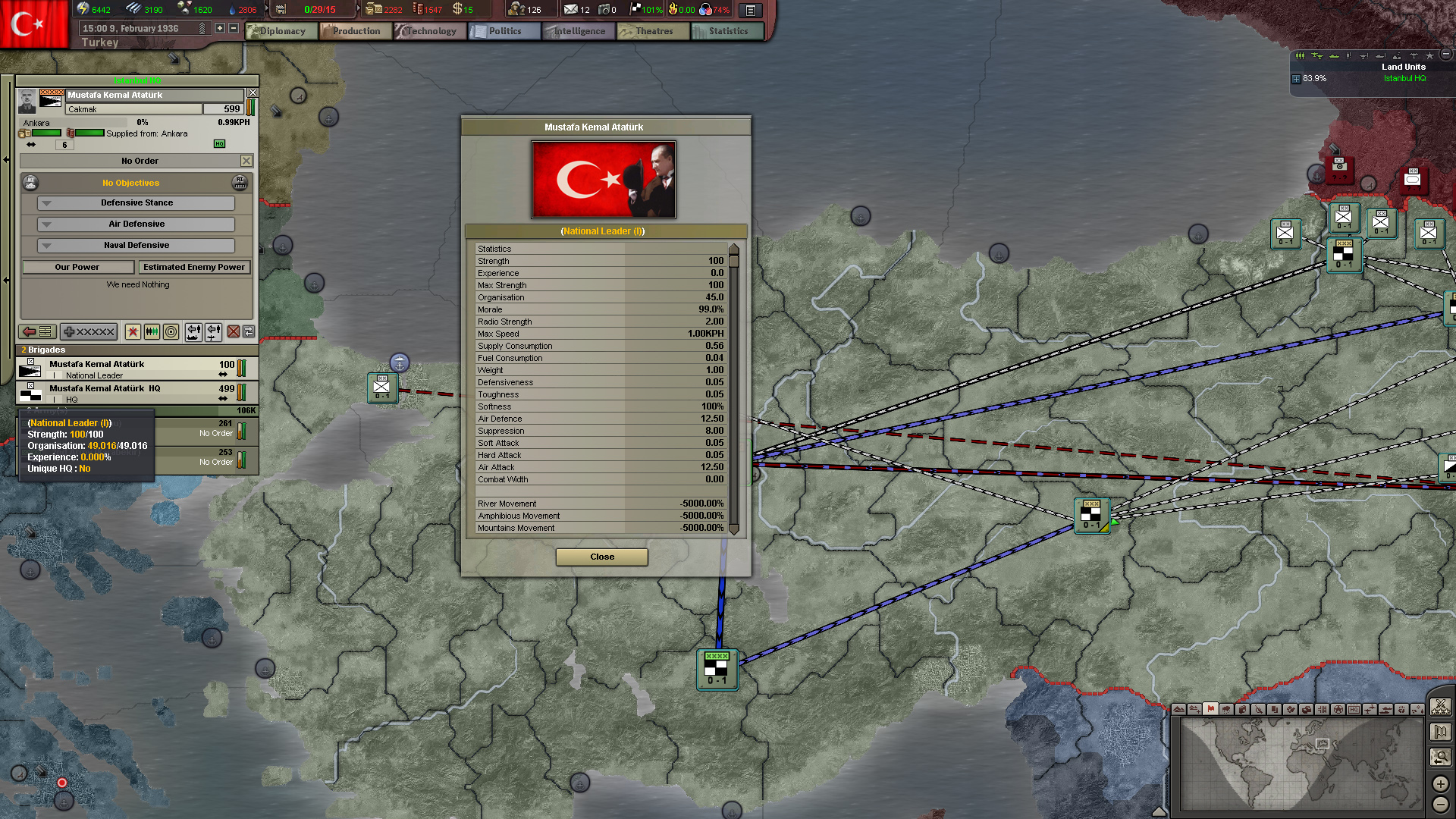

In addition, it is often interleaved with wet pavement, which is nearly identical in appearance.

The American Meteorological Society Glossary of Meteorology includes the definition of black ice as "a thin sheet of ice, relatively dark in appearance, may form when light rain or drizzle falls on a road surface that is at a temperature below 0 ☌ (32 ☏)." Because it represents only a thin accumulation, black ice is highly transparent and thus difficult to see compared with snow, frozen slush, or thicker ice layers. A mariner's term for a dreaded form of icing sometimes sufficiently heavy to capsize a small ship.įormation On roads and pavements.On lakes, black ice is commonly overlain by white ice formed from refrozen snow or slush. Thin, new ice on freshwater or saltwater, appearing dark in colour because of its transparency, which is a result of its columnar grain structure.It may also be formed when supercooled fog droplets are intercepted by buildings, fences and vegetation. A thin sheet of ice, relatively dark in appearance, may form when light rain or drizzle falls on a road surface that is at a temperature below 0 ☌ or, alternatively, when water already on the road surface subsequently freezes when the temperature thereof falls below freezing point. The World Meteorological Organization definitions of black ice are: Black ice can also form when roadways are slick from rain and temperatures drop below freezing overnight." It is most prevalent during the early morning hours, especially after snow melt on the roadways has a chance to refreeze over night when the temperature drops below freezing. It is often clear (not white) with the black road surface visible underneath. The term "black ice" in the United States is defined by the National Weather Service as "patchy ice on roadways or other transportation surfaces that cannot easily be seen.


 0 kommentar(er)
0 kommentar(er)
